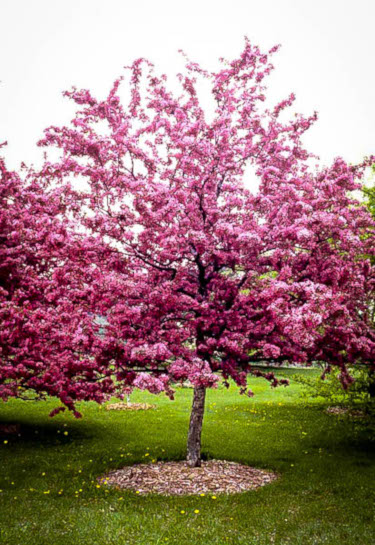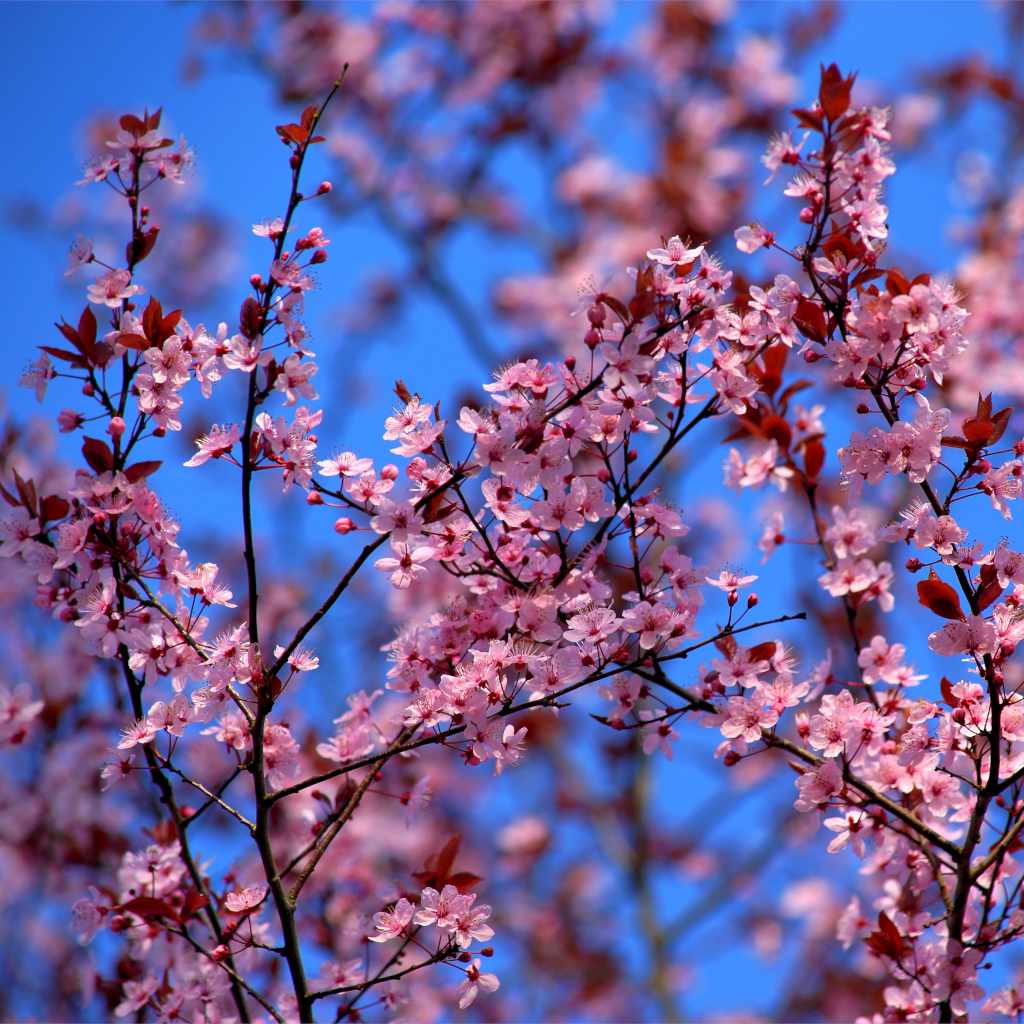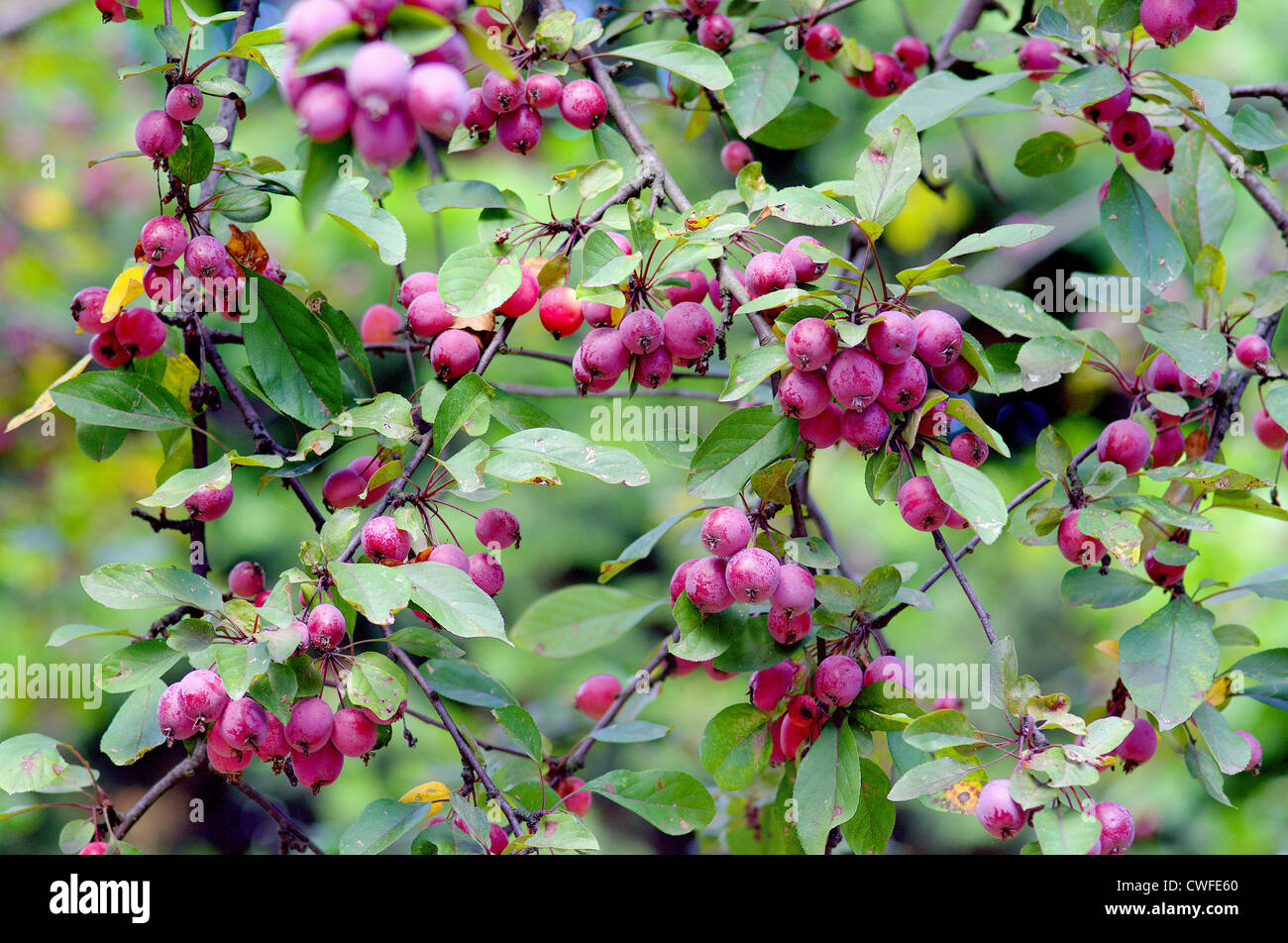There’s something undeniably enchanting about apple trees. They embody the essence of nature, beautiful blossoms in spring, and the promise of crisp, juicy fruit in autumn. As a garden enthusiast, I’ve always had a fascination with the decorative apple tree. This guide will walk you through everything you need to know about decorative apple trees, from their unique characteristics to care tips, and even some personal anecdotes that I hope will inspire you to add one to your landscape.
What is a Decorative Apple Tree?
A decorative apple tree, often referred to as ornamental apple tree, is a variety of apple tree cultivated primarily for its aesthetic appeal rather than its fruit production. These trees are renowned for their stunning spring blooms, often producing pink or white flowers, and their vibrant autumn foliage.
Characteristics of Decorative Apple Trees
- Small Size: Typically, these trees grow to be smaller than standard apple trees, making them perfect for smaller gardens or urban settings.
- Showy Blooms: They produce a profusion of flowers that can transform your garden into a stunning display of color.
- Unique Foliage: The leaves change color in the fall, offering an additional seasonal visual interest.
- Cold Hardiness: Many ornamental apple trees are quite hardy, making them suitable for a variety of climates.
Popular Varieties of Decorative Apple Trees
There are several popular varieties of decorative apple trees, each with its unique characteristics. Here’s a quick overview:
| Variety | Height | Flower Color | Fruit Type | Special Traits |
|---|---|---|---|---|
| Malus ‘Candied Apple’ | 8-12 feet | Pink | Small, inedible fruit | Bright fall color |
| Malus ‘Snowdrift’ | 5-8 feet | White | Small, inedible fruit | Attractive bark |
| Malus ‘Prairifire’ | 15-20 feet | Dark pink | Small, inedible fruit | Resistant to diseases |
| Malus ‘Radiant’ | 8-10 feet | Deep pink | Small, inedible fruit | Long-lasting blooms |

Benefits of Planting Decorative Apple Trees
Planting decorative apple trees in your garden comes with numerous benefits, including:
1. Aesthetic Appeal
These trees bring vibrant colors and textures to your garden, elevating its overall appearance. Imagine walking into your yard in spring and being greeted by a cloud of pink or white blossoms!

2. Wildlife Habitat
Decorative apple trees attract pollinators like bees and butterflies, contributing to a healthy ecosystem. They can also provide a habitat for various birds and small mammals.
3. Seasonal Interest
With their beautiful blooms in spring and colorful foliage in fall, these trees provide visual interest throughout the year.

Caring for Your Decorative Apple Tree
Taking care of your decorative apple tree is essential for ensuring it thrives. Here are some tips I’ve learned along the way:
1. Site Selection
Choose a sunny location with well-drained soil. This is crucial for the tree’s health and growth. A bit of shade can also be tolerated but aim for at least six hours of sunlight daily.

2. Watering
Water your tree regularly, especially during dry spells. However, avoid overwatering as this can lead to root rot. A good rule of thumb is to check the soil moisture level a few inches down.
3. Pruning
Regular pruning is vital to maintain the shape and health of your decorative apple tree. I recommend pruning in early spring before the new growth begins.

4. Fertilization
Use a balanced fertilizer in early spring to promote healthy growth. I’ve found that organic options work well and support the overall health of the tree.
Common Pests and Diseases
Like any plant, decorative apple trees can be susceptible to pests and diseases. Here are some common ones to watch out for:

1. Aphids
Aphids can suck the sap from the plant, leading to stunted growth. You can use insecticidal soap or neem oil to control them.
2. Powdery Mildew
This fungal disease appears as white powdery spots on leaves. Ensure proper air circulation and avoid overhead watering to help prevent it.
3. Canker Diseases
These diseases cause sunken lesions on the bark. Pruning affected branches and applying fungicidal treatments can help manage cankers.
Personal Experience: My Journey with Decorative Apple Trees
When I first decided to plant a decorative apple tree in my backyard, I was unsure what to expect. However, six months later, it felt like I had unlocked a secret treasure of nature’s beauty. The spring blooms transformed my otherwise ordinary yard into a breathtaking spectacle.
In the autumn, the vivid foliage was the cherry on top, providing a stunning backdrop for family gatherings. It’s incredible how this one tree became a focal point in my garden and a conversation starter among friends and family.
Comparison of Decorative Apple Trees vs. Standard Apple Trees
To help you decide which type of apple tree to plant, here’s a quick comparison:
| Feature | Decorative Apple Trees | Standard Apple Trees |
|---|---|---|
| Purpose | Aesthetic appeal | Fruit production |
| Size | Generally smaller | Varies, usually larger |
| Bloom Season | Spring | Spring |
| Fruit | Inedible | Edible |
| Maintenance | Lower | Higher |
Frequently Asked Questions (FAQs)
1. How long does it take for a decorative apple tree to bloom?
Usually, decorative apple trees will start to bloom in their second or third year after planting.
2. Can I grow decorative apple trees in pots?
Yes, many varieties can be grown in pots, making them a versatile option for patios and balconies. Just ensure they have enough space for root growth.
3. Are decorative apple trees messy?
While they do shed flowers and fruits, the mess is generally manageable and is often outweighed by their beauty.
4. What are the best decorative apple trees for small gardens?
Consider varieties like ‘Snowdrift’ or ‘Candied Apple’ for smaller spaces due to their compact size.
5. How often should I prune my decorative apple tree?
Pruning once a year in early spring is typically sufficient to maintain healthy growth and shape.
Conclusion
Adding a decorative apple tree to your garden is not just about adding a plant; it’s about creating a living piece of art that evolves with the seasons. I can genuinely say that my experience has been rewarding, both visually and emotionally. Whether you are a seasoned gardener or a complete novice, I encourage you to consider planting a decorative apple tree. It may just become the heart of your outdoor space, just as it has in mine!